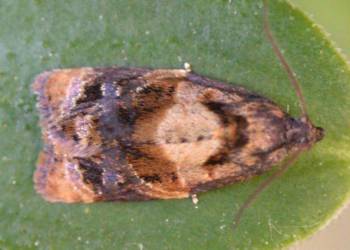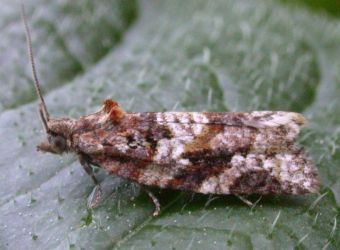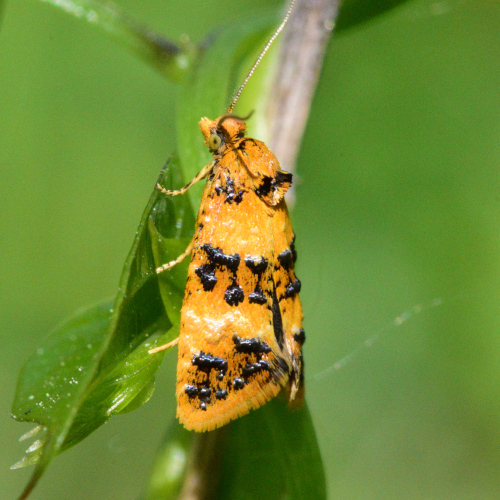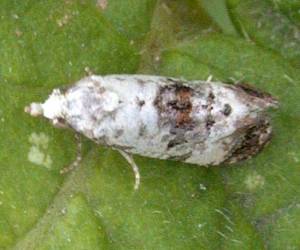
- Subfamily: Tortricinae; Checklist: 49.004
- Cambridge, Gwydir Street; 20 Jun 2002
- A male - females are more lightly marked
- Larvae feed on various plants: can be a pest on raspberry.
- NBN Atlas
Return to Lepidoptera Index | Insect Index

|
|

|
|

|
|

|
|

|
|

|
|

|
|

|
|

|
|

|
|

|
|
Return to Lepidoptera Index | Insect Index